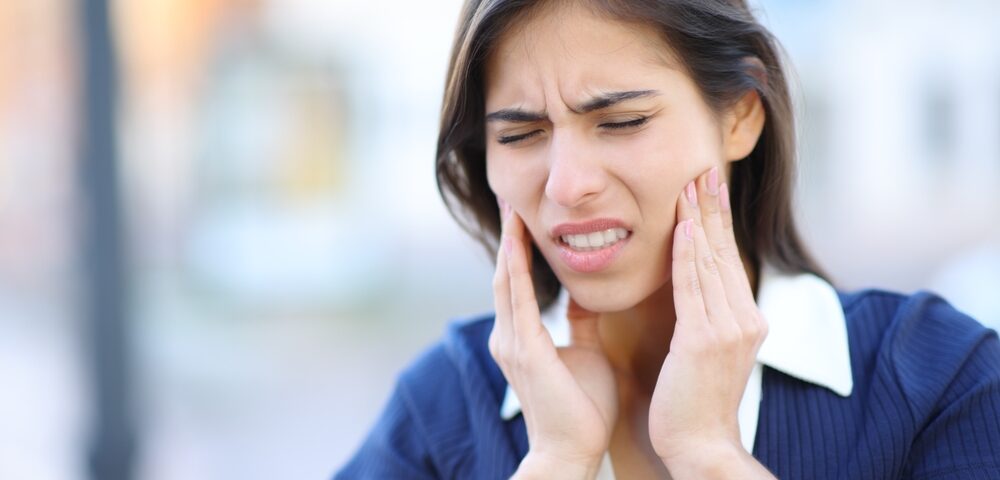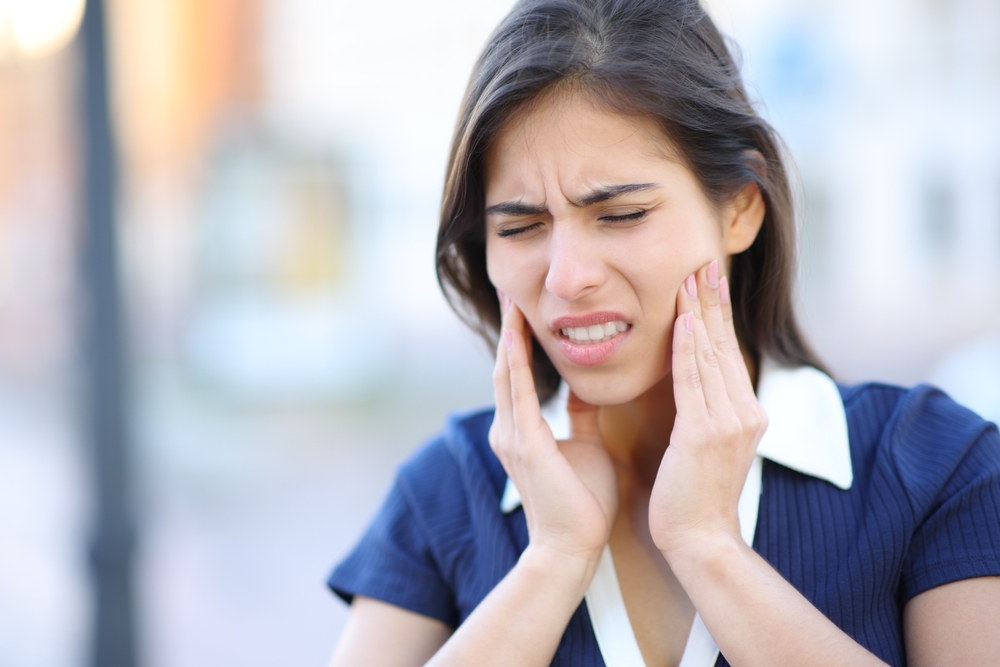The Benefits of TMJ Massage


In today's world, stress seems to have become a constant companion for many, manifesting itself in various ways, including jaw tension and discomfort. The temporomandibular joint (TMJ) plays a crucial role in the movement of our jaw, enabling us to speak, chew, and even yawn comfortably. However, when tension builds up in this area, it can lead to discomfort, pain, and even dysfunction. Read More
Fortunately, one effective way to alleviate TMJ-related issues is through massage therapy specifically targeting the jaw area. TMJ massage focuses on releasing tension in the muscles surrounding the temporomandibular joint, promoting relaxation and restoring proper function.
Understanding TMJ Dysfunction
The temporomandibular joint connects your jawbone to your skull and acts as a hinge that allows for movement in various directions. When this joint becomes strained or inflamed due to stress, teeth grinding, poor posture, or other factors, it can result in TMJ dysfunction. Symptoms of TMJ dysfunction include jaw pain, clicking or popping noises when chewing, difficulty opening or closing the mouth fully, headaches, and even neck and shoulder pain.
The Role of TMJ Massage
TMJ massage involves gentle, targeted techniques to release tension in the muscles of the jaw, face, and neck. A skilled massage therapist will use their fingers to apply pressure to specific points around the jaw joint, encouraging relaxation and improved blood circulation. By releasing tight muscles and reducing inflammation, TMJ massage can help alleviate pain and restore normal jaw function.
Benefits of TMJ Massage
- Pain Relief: TMJ massage can provide immediate relief from jaw pain and discomfort by reducing muscle tension and promoting relaxation.
- Improved Range of Motion: By releasing tight muscles and restoring proper alignment, TMJ massage can improve jaw mobility, making it easier to speak, chew, and yawn without discomfort.
- Stress Reduction: Since stress is often a contributing factor to TMJ dysfunction, the relaxing effects of massage can help reduce overall tension in the jaw and surrounding muscles.
- Prevention of Teeth Grinding: TMJ massage can help address the underlying muscular tension that often leads to teeth grinding (bruxism), potentially preventing further damage to the teeth and jaw.
Inside vs Outside
External massage: It’s usually best to start here. This technique involves massaging the muscles and soft tissues surrounding the jaw joint from the outside. Techniques may include gentle kneading, circular motions, or pressure applied to the muscles of the face, jawline, and neck. External massage can help relieve tension, reduce inflammation, and improve blood flow to the area.
Intraoral massage: Sometimes a more direct approach is warranted. This technique involves massaging the muscles inside the mouth that are directly related to the TMJ. These muscles include the masseter, temporalis, and pterygoid muscles. Intraoral massage can be performed by a trained therapist using gloves and lubricant. It's particularly effective for addressing tension and trigger points in the muscles that directly affect jaw movement and function. Lonie, one of our TMJ specialists, likes to spend the first portion of the session intraorally, and the remainder of the time addressing the face, jaw, neck, and shoulder muscles to decrease any soreness after the massage.
Therapists at Urban Oasis who are trained in TMJ Massage include:
- Jenae - Both inside and outside
- Kristina – Outside only
- Lonie - Both inside and outside
- Marelda - Both inside and outside
- Melissa – Outside only
- Michele - Both inside and outside
- Rae – Outside only
- Sarah H – Outside only
- Valerie – Outside only
- Zoe – Both inside and outside
If you’d like to schedule an appointment, please call us at (312) 640-0001 or book online by clicking here.
Experience makes all the difference!
